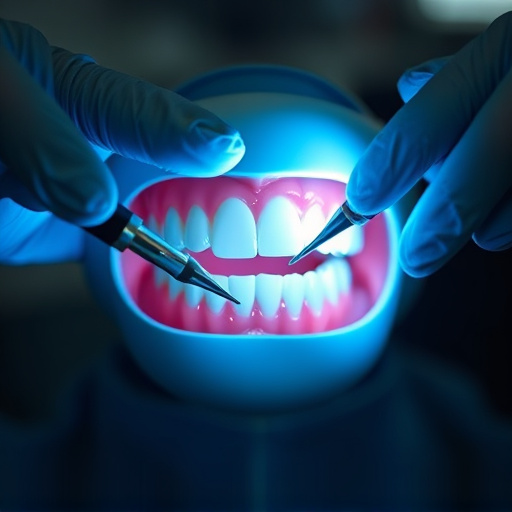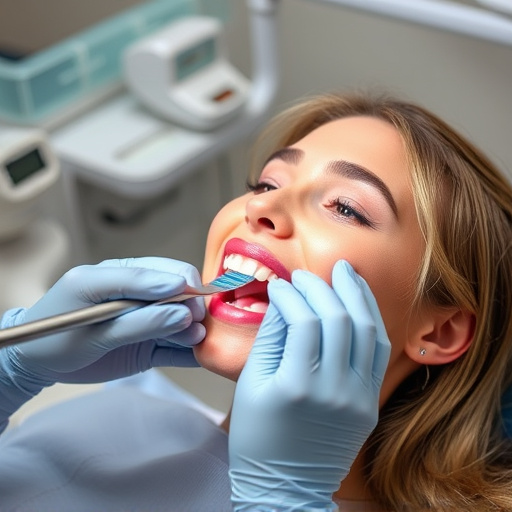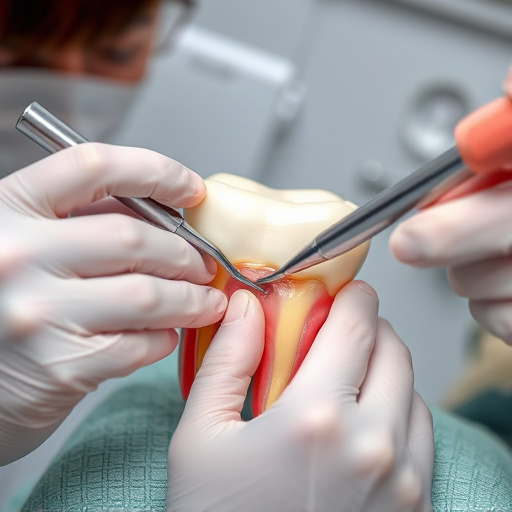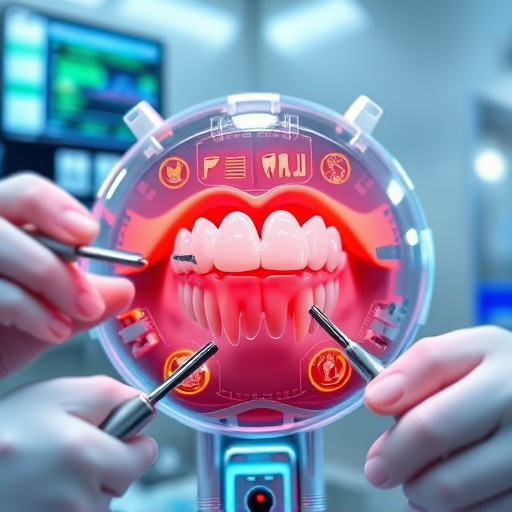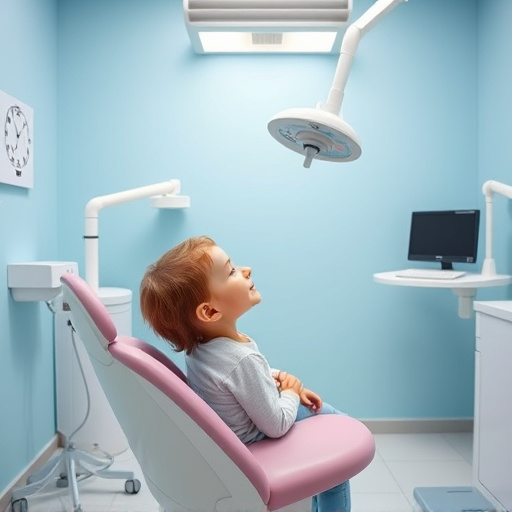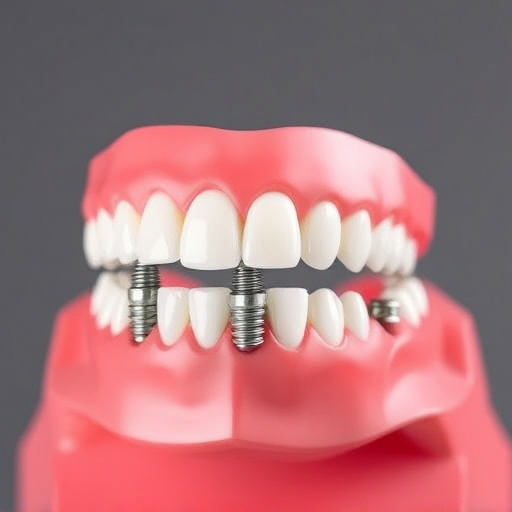Language barriers in dental care significantly impact patient comfort and treatment outcomes, especially for individuals from diverse linguistic backgrounds. A Spanish-speaking dentist offers substantial advantages by breaking down communication obstacles, fostering trust, and providing personalized treatment options to bilingual patients, including those with limited English proficiency. Clear, simple language and visual aids are essential tools to ensure understanding among all Spanish-speaking patients, enhancing patient satisfaction and promoting informed decision-making, particularly in pediatric dentistry.
In today’s diverse society, accessing quality dental care shouldn’t be hindered by language barriers. A Spanish-speaking dentist plays a vital role in addressing these challenges, offering clear explanations and compassionate care to bilingual patients. This article explores the impact of language barriers in dental settings, highlights the benefits of having a Spanish-speaking professional, and provides effective communication strategies for improved patient experiences. Discover how these approaches enhance oral health access and outcomes for all.
- Understanding Language Barriers and Their Impact on Dental Care
- The Benefits of a Spanish-Speaking Dentist for Bilingual Patients
- Effective Communication Strategies in a Dental Setting for Spanish-Speaking Professionals
Understanding Language Barriers and Their Impact on Dental Care
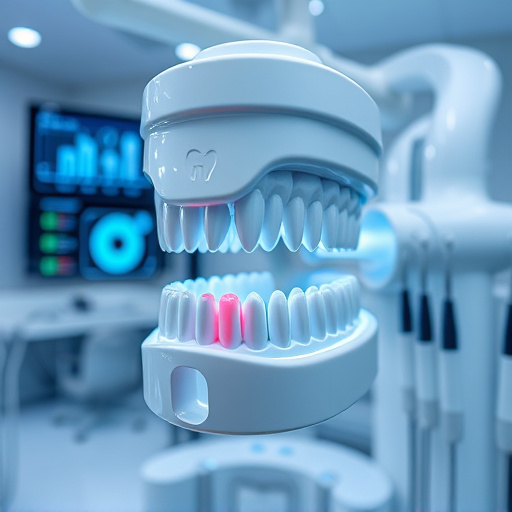
Language barriers can significantly impact dental care, creating challenges for both patients and dentists, especially when it comes to communicating complex procedures. Many individuals, particularly those from diverse linguistic backgrounds, may feel uneasy or confused during dental visits due to a lack of common language. This barrier can lead to miscommunication about treatment options, potential risks, and post-operative care instructions.
For example, a Spanish-speaking dentist is better equipped to provide comprehensive care to patients who share the same native language. When explaining procedures like wisdom tooth removal or tooth extractions, clear communication ensures patients understand their options and associated risks. This understanding fosters trust between patient and dentist, enabling more effective decision-making and potentially improving treatment outcomes in children’s dentistry as well.
The Benefits of a Spanish-Speaking Dentist for Bilingual Patients
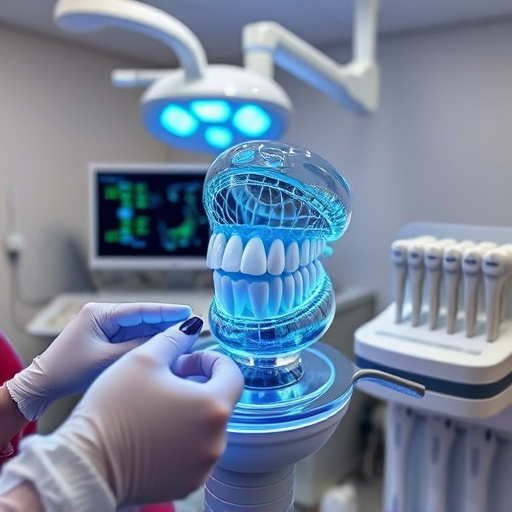
For bilingual patients, finding a healthcare provider who shares their linguistic background is essential for effective communication and overall satisfaction. A Spanish-speaking dentist offers several advantages, particularly in the realm of dental care. When looking for a dentist, many patients, especially those with limited English proficiency, might feel hesitant or anxious about understanding complex procedures. This is where a Spanish-speaking dentist plays a pivotal role. They can provide comprehensive dental care while ensuring patient comfort and peace of mind.
By having a dentist who speaks their native language, patients can openly discuss their concerns, receive clear explanations about treatments like clear aligners or tooth repair, and make informed decisions. This clear communication fosters trust and allows for a more collaborative relationship between the patient and the healthcare provider. It’s not just about overcoming language barriers but also about receiving personalized care tailored to individual needs.
Effective Communication Strategies in a Dental Setting for Spanish-Speaking Professionals
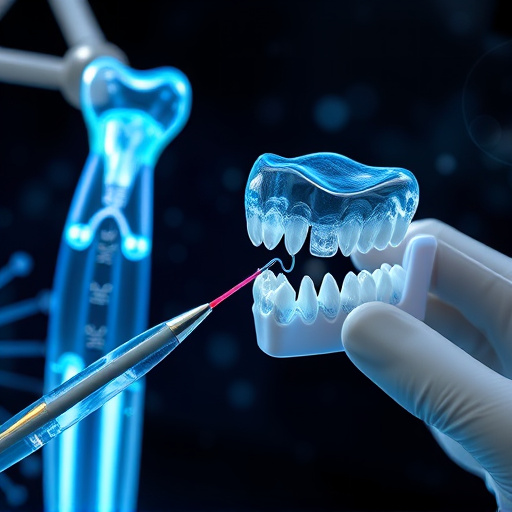
Effective communication is key when providing dental care to patients who speak Spanish as their first language. A Spanish-speaking dentist must employ clear and concise strategies to ensure understanding and build trust. Since dental procedures can be complex, using simple language and visual aids is crucial for both adults and children’s dentistry. For example, explaining a tooth extraction process step by step, from numbing the area to removing the tooth, can help alleviate anxiety.
Visual tools like diagrams or even personalized models can further enhance understanding. A family dentistry practice that caters to Spanish-speaking communities should also utilize interpreters if needed, ensuring every patient receives clear and accurate information about their oral health. Effective communication strategies not only improve patient satisfaction but also foster a more inclusive dental environment.
A Spanish-speaking dentist can significantly enhance dental care access and quality for bilingual patients. By overcoming language barriers through clear explanations and effective communication strategies, these professionals foster trust and comfort in the dental setting. This not only improves patient outcomes but also ensures that linguistic differences do not impede essential oral health services, making quality dental care more inclusive and accessible to all.








